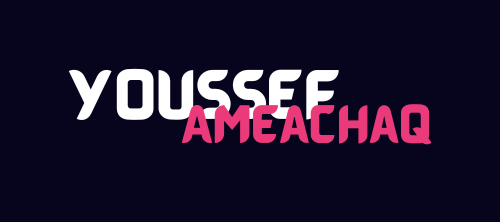
2️⃣ / 1️⃣ Introduction to gRPC and Protocol Buffers (Protobuf)
Introduction to gRPC and Protocol Buffers (Protobuf)
What is gRPC?
gRPC is a framework for building fast, efficient, and scalable APIs between different programs or services. It allows different applications to communicate with each other, even if they are on different machines or environments.
Why Use gRPC?
- Fast 🚀: gRPC uses a highly efficient binary format.
- Works with Many Languages: Supports multiple programming languages like Go, Python, Java, etc.
- Supports Streaming: Allows continuous data exchange between client and server.
- Uses HTTP/2: This enables better performance than regular HTTP.
What is a .proto file?
A .proto file is the definition file used by gRPC to describe the contract between client and server. It specifies the functions (RPCs) the server can provide, the messages (data) exchanged, and their types. It’s like a menu for how your services communicate.
Structure of a .proto File
Here’s an example .proto file called hello.proto:
syntax = "proto3";
package hello;
service Greeter {
rpc SayHello (HelloRequest) returns (HelloReply);
}
message HelloRequest {
string name = 1;
}
message HelloReply {
string message = 1;
}Explanation:
syntax = "proto3";— Defines the version of Protocol Buffers.package hello;— Organizes the generated code into ahellopackage.service Greeter {}— Defines a service with a functionSayHello.rpc SayHello (HelloRequest) returns (HelloReply);— Specifies the function takes aHelloRequestmessage and returns aHelloReply.message HelloRequest { string name = 1; }— Defines a request message with anamefield.message HelloReply { string message = 1; }— Defines a reply message with amessagefield.
Why Use Protobuf Over JSON?
While JSON is popular for APIs, Protobuf offers several advantages for gRPC.
1. Protobuf is Faster 🚀
- JSON is text-based, meaning it’s larger and slower to process.
- Protobuf uses a binary format, which is much smaller and faster.
Example:
A simple JSON message:
{
"name": "Youssef",
"age": 30
}Protobuf sends the same data as a binary stream, which is much smaller and faster to transmit.
2. Protobuf is Type-Safe 🔒
- JSON doesn’t enforce strict data types, which could lead to errors (e.g., sending a string when a number is expected).
- Protobuf forces strong types (like
string,int32, etc.), which ensures safer and more predictable behavior.
3. Protobuf Generates Code for You 🏗️
- In JSON-based APIs, you have to manually write serialization/deserialization code.
- With Protobuf, you simply define the contract, and gRPC automatically generates all the necessary code for your server and client.
Example:
In .proto file:
message Person {
string name = 1;
int32 age = 2;
}Protobuf generates the Go struct:
type Person struct {
Name string
Age int32
}4. Protobuf Supports Streaming 📡
- JSON typically follows a request-response model (send request, wait for response).
- gRPC (using Protobuf) supports real-time streaming, allowing continuous data exchange.
Example:
In a live stock market app 📈, gRPC allows the server to push updates instantly, instead of the client having to keep asking (polling) for updates.
5. Protobuf is Used by Big Companies 🌍
- Google, Facebook, Netflix, Uber, Slack, and many others use Protobuf because it’s fast, efficient, and scalable.
TL;DR - Why Use Protobuf Over JSON?
| Feature | JSON | Protobuf |
|---|---|---|
| Speed | Slower 🚶 | Faster 🚀 |
| Size | Bigger 📦 | Smaller 🎯 |
| Type Safety | No ❌ | Yes ✅ |
| Auto Code Generation | No ❌ | Yes ✅ |
| Streaming | No ❌ | Yes ✅ |
| Best For | Web APIs 🌍 | High-performance services ⚡ |
Conclusion
- Use JSON for simple APIs where human-readability is important.
- Use Protobuf with gRPC for high-performance applications that need speed, efficiency, and real-time communication.
Example: Using gRPC with Go
- Install gRPC tools:
go install google.golang.org/protobuf/cmd/protoc-gen-go@latest
go install google.golang.org/grpc/cmd/protoc-gen-go-grpc@latest-
Define your service in a
.protofile (hello.proto). -
Generate Go code:
protoc --go_out=. --go-grpc_out=. hello.proto-
Write the server in Go to handle client requests.
-
Write the client in Go to send requests to the server.